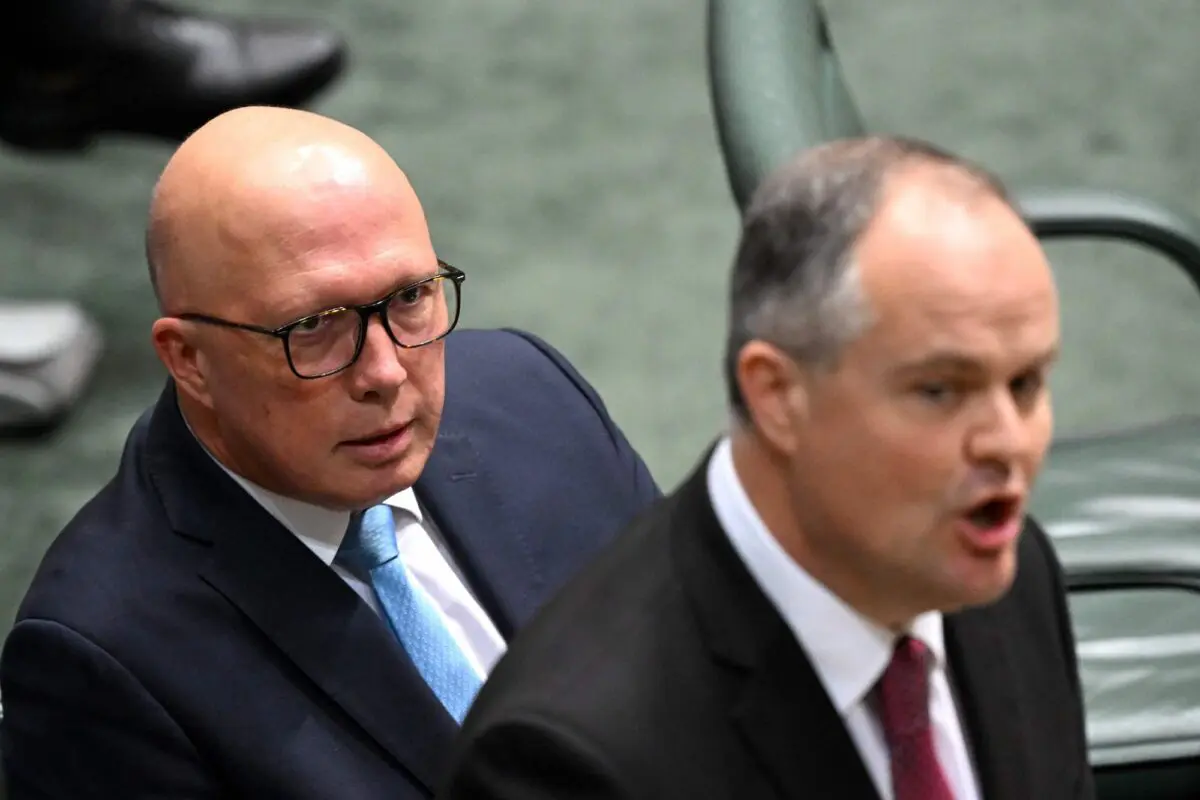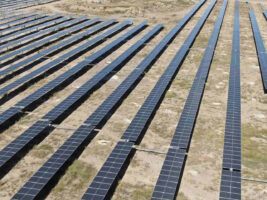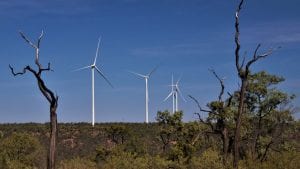Two weeks ago, the Institute for Energy Economics and Financial Analysis released a report analysing how much electricity prices and Australian household energy bills would need to rise to make nuclear power plants financially viable.
The report found that household energy bills across the four states analysed would rise by an average of $665 a year relative to existing prices.
Federal opposition energy spokesperson Ted O’Brien claimed the report’s analysis was based on a “cherry-picked” sample of nuclear power projects. Opposition treasury spokesperson Angus Taylor described the analysis as “nonsense.”
The leader of the opposition Peter Dutton had the opportunity to provide a detailed response to our research in a speech he gave on nuclear power several days later. Yet his speech contained no alternative economic analysis or costing to support the opposition’s claims our research is incorrect.
Our analysis was informed by the actual construction costs of all nuclear power projects that have been committed to construction in the past 20 years across the European Union and North America.
In addition, we also considered two projects that had reached the tender contract pricing stage. A sample of six projects may appear small but the lack of a significant number of projects committed to construction is a warning bell in itself.
The limit of 20 years was chosen because projects from any earlier would have employed reactor technologies that lacked critical safety features now deemed essential by EU and US regulators.
The EU and North America were chosen for the following reasons:
– Those regions have relatively similar labour market conditions to Australia, particularly wages and rights to collectively bargain and strike;
– Similar systems of government – liberal democracies with a free press;
– The reactor technologies they certify as safe are likely to be the only technologies Australia will be willing to adopt, and;
– Regulatory structures that ensure transparent and reliable cost data such as investor disclosure or competition law requirements.
It is important to note that within our sample, we included the agreed price Korea Hydro & Nuclear Power Company has bid to build two reactors in Dukovany in Czechia.
History suggests that a tender bid price is highly likely to be an underestimate of the actual construction cost of a nuclear reactor. Nonetheless, we included this project in the study as the Korean APR reactor technology is mentioned as an option in the Coalition’s nuclear policy statements.
Our report explains in further detail that Korea’s experience in building reactors in its own country is highly unlikely to be replicable in Australia. This is because the scale of their nuclear reactor build program is vastly larger than the Coalition’s plans.
Instead, the Dukovany project is a better representation of the costs the Koreans might be able to achieve outside their home base, in a developed, democratic nation.
O’Brien also cited the exclusion Japanese projects from our sample. The only two projects to have been committed to construction in Japan in the past 20 years were halted by regulatory authorities due to safety concerns. We would also note that investigations following the Fukushima Reactor explosion in 2011 uncovered serious problems with the rigour and independence of Japan’s nuclear regulatory safety regime.
The fact that the Japanese regulator had a tendency to overlook or ignore safety issues puts into serious question the applicability of Japanese nuclear construction experience as one Australia would wish to replicate.
It is more than decade since the Fukushima accident prompted the suspension of Japan’s reactor operations pending safety reviews. Since that safety review, only 12 reactors have restarted operations, with 21 units remaining mothballed and a further 21 reactors decommissioned.
China, Russia and the Middle East are often cited by nuclear power lobbyists as better representing reactor construction costs than the EU or North America. However, conditions in these markets vary significantly from Australia, such as:
– Vastly lower wages for construction workers;
– Outlawing of collective bargaining and strikes;
– Severe penalties including jail terms for people peacefully protesting or publicly criticising government authorities;
– The use of nuclear reactor technologies not certified as safe by EU or North American nuclear regulatory authorities, and;
– Reliance on Russian suppliers that are subject to trade sanctions in Australia.
Our research is detailed and extensively referenced, with the methods laid out transparently for others to review. If the federal Coalition has a better understanding of the cost of a nuclear build in Australia than the real-world experience of the EU and North America, we look forward to seeing their analysis.
In the absence of that, expect household power bills to rise by about $665 a year if and when nuclear power plants are built in Australia.
Johanna Bowyer is the Lead Analyst in the Australian Electricity Program at the Institute of Energy Economics and Financial Analysis, Tristan Edis is Director of Analysis and Advisory at Green Energy Markets. They are co-authors of the report, Nuclear in Australia would increase household power bills.








